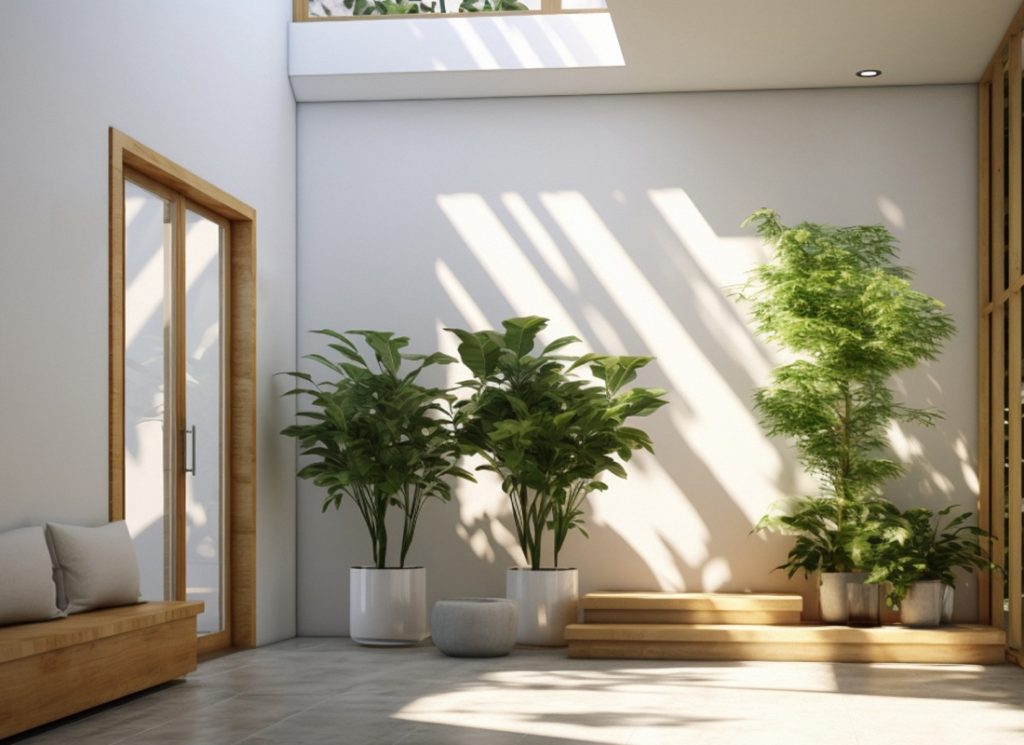One of the primary benefits of natural light is its ability to create a sense of openness and connection to the outdoors. Spaces flooded with sunlight often feel larger and more inviting. This is particularly important in urban settings where outdoor space may be limited. By maximizing natural light through windows, skylights, and open layouts, individuals can create a more pleasant and uplifting environment. The warmth of sunlight can also promote feelings of well-being, making spaces more conducive to relaxation and productivity.
In interior design, the strategic use of natural light can dramatically impact the overall aesthetic of a room. Light colors and reflective surfaces can amplify the effects of natural light, making a space feel airy and bright. For example, using light-colored walls, mirrors, and glossy finishes can help bounce sunlight around, enhancing the overall luminosity of the room. Additionally, the placement of furniture should consider how natural light enters the space. Positioning seating areas near windows can encourage occupants to enjoy the benefits of sunlight while providing a cozy spot for reading or socializing.
Natural light also plays a crucial role in energy efficiency. By relying on sunlight during the day, individuals can reduce their dependence on artificial lighting, leading to lower energy bills and a smaller carbon footprint. Incorporating large windows or glass doors can allow for ample sunlight to filter in, reducing the need for overhead lights in the daytime. Furthermore, strategically placed overhangs or awnings can help control the amount of sunlight entering a space, providing shade during the hottest parts of the day while still allowing for natural light.

In photography and visual arts, natural light is often preferred for its ability to create soft, flattering images. The golden hour, shortly after sunrise and before sunset, offers the most desirable lighting conditions, casting a warm glow that enhances colors and textures. Photographers can take advantage of the changing quality of natural light throughout the day to capture different moods and atmospheres. Understanding how to work with shadows and highlights created by natural light can elevate the quality of images, adding depth and dimension.
For those looking to improve their homes or workspaces, considering the orientation of windows is vital. South-facing windows typically receive the most sunlight throughout the day, while north-facing windows provide a more consistent, diffused light. By analyzing how light moves through a space, individuals can make informed decisions about where to place windows or how to arrange furniture to maximize natural illumination.
In addition to enhancing aesthetics and energy efficiency, natural light has been shown to improve mood and productivity. Studies indicate that exposure to natural light can reduce stress and increase focus, making it an essential consideration in workplace design. Creating environments that prioritize natural light can lead to happier and more engaged occupants.
Harnessing the power of natural light can profoundly impact the way we experience our surroundings. By understanding its benefits and how to effectively incorporate it into design and daily life, individuals can create spaces that are not only beautiful but also supportive of well-being and productivity.

